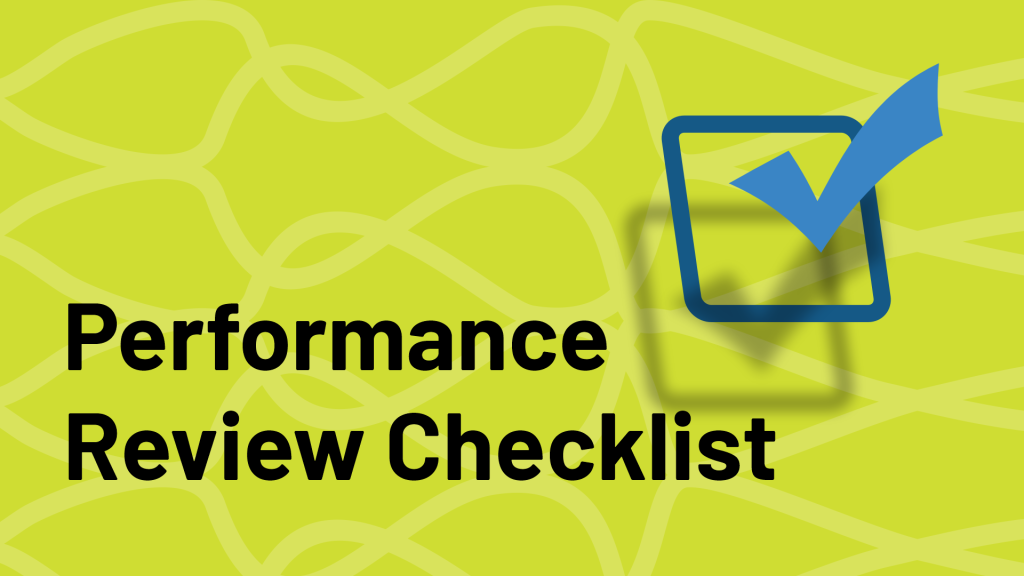20 May 2024
Understanding Your Strengths and Seizing Opportunities: A Guide to SWOT Analysis

SWOT analysis is a powerful tool used in business and strategic planning to assess a company’s position in the market. It stands for Strengths, Weaknesses, Opportunities, and Threats. By analyzing these four elements, businesses can gain valuable insights into their competitive advantage, identify areas for improvement, and capitalize on emerging market trends.
Internal vs. External Factors
Strengths and Weaknesses: These are internal factors specific to the company. Strengths are the positive attributes that give a business an edge over competitors. This could be a strong brand reputation, a highly skilled workforce, or a unique product offering. Weaknesses, on the other hand, are the limitations or shortcomings that hinder a company’s performance. For instance, limited marketing resources, outdated technology, or a high dependence on a single supplier could be weaknesses.
Opportunities and Threats: These are external factors that exist outside the company’s control. Opportunities are favorable external conditions that a business can leverage to its advantage. This could include a growing market, a new technology that can improve efficiency, or a shift in customer preferences. Threats are external elements that pose a challenge to the company’s success. Examples of threats include the emergence of new competitors, changes in government regulations, or economic downturns.
Conducting a SWOT Analysis
To conduct a SWOT analysis, gather a team with diverse perspectives from different departments within the company. Brainstorming sessions are a great way to generate a comprehensive list of strengths, weaknesses, opportunities, and threats. Once the list is compiled, categorize each item under the appropriate heading in a SWOT matrix.
Turning Insights into Action
The true value of a SWOT analysis lies in using the insights it generates to develop strategic plans. Here’s how you can use the SWOT matrix to formulate strategies:
S-O Strategies: Leverage your strengths to capitalize on opportunities. For example, a company with a strong brand reputation (Strength) could launch a new product line (Opportunity) to tap into a growing market.
W-O Strategies: Address your weaknesses to take advantage of opportunities. For instance, a company with limited marketing resources (Weakness) could partner with an influencer (Opportunity) to reach a wider audience.
S-T Strategies: Utilize your strengths to mitigate threats. A company with a highly skilled workforce (Strength) could invest in retraining programs (Strategy) to stay ahead of technological advancements (Threat).
W-T Strategies: Minimize your weaknesses to avoid threats. A company with outdated technology (Weakness) could face challenges from competitors with more advanced systems (Threat). To address this, the company could invest in upgrading its technology (Strategy).
SWOT Analysis: A Versatile Tool
SWOT analysis is not just for businesses. It can be a valuable tool for individuals planning their careers, or for non-profit organizations strategizing their community outreach programs. By taking a structured approach to analyzing internal and external factors, SWOT analysis empowers individuals and organizations to make informed decisions and achieve their goals.
Join 2000+ Subscribers
Subscribe to Our newsletter to stay informed

UK: 5, Seacourt road, London. SE2 9UW
NIGERIA: 11a, Mojidi Street, off Toyin Street, Ikeja, Lagos.
GHANA: F393/4 Otwse street, Osu, Accra, Ghana
(+234) 901 278 1155
info@protenintl.com
Our Services
Latest Tweets
ProtenConnect will notify you every step of your interview journey.
Join now: https://careers.protenintl.com/register
#hiring #HiringNow #Careers #jobtribes
Copyright © 2024 Proten. All Rights Reserved
Terms Of Service
Privacy
Cookies










